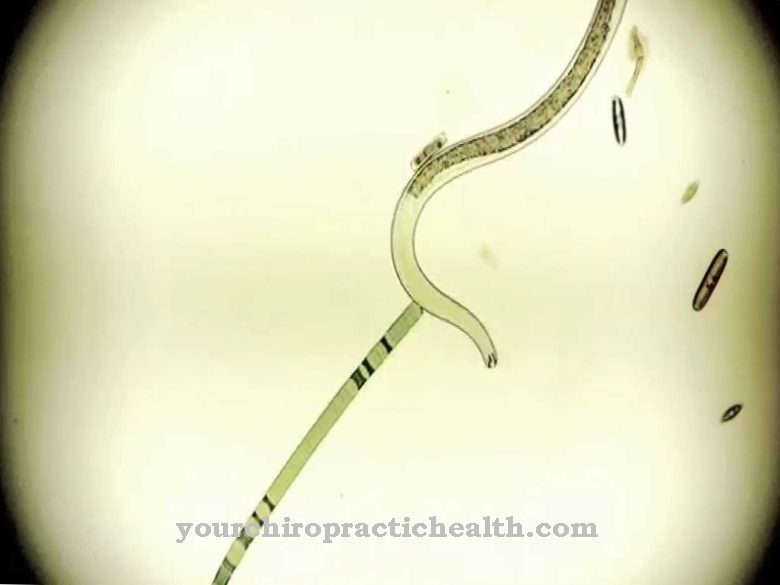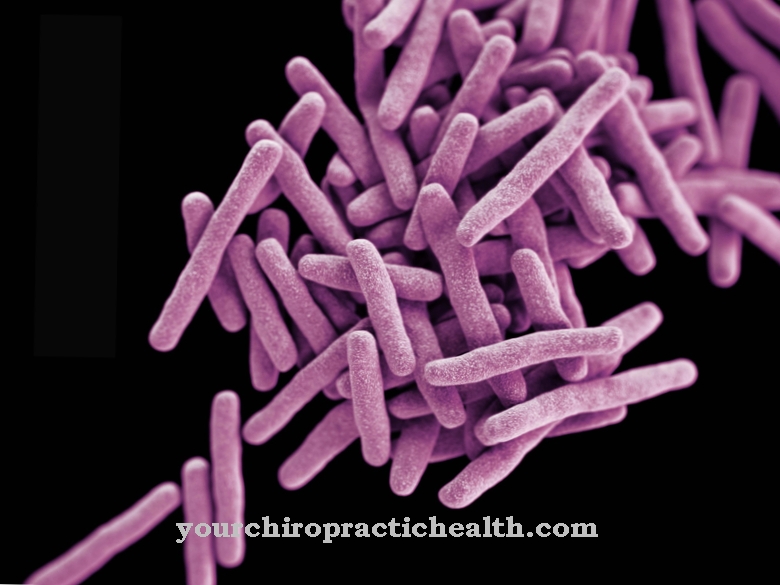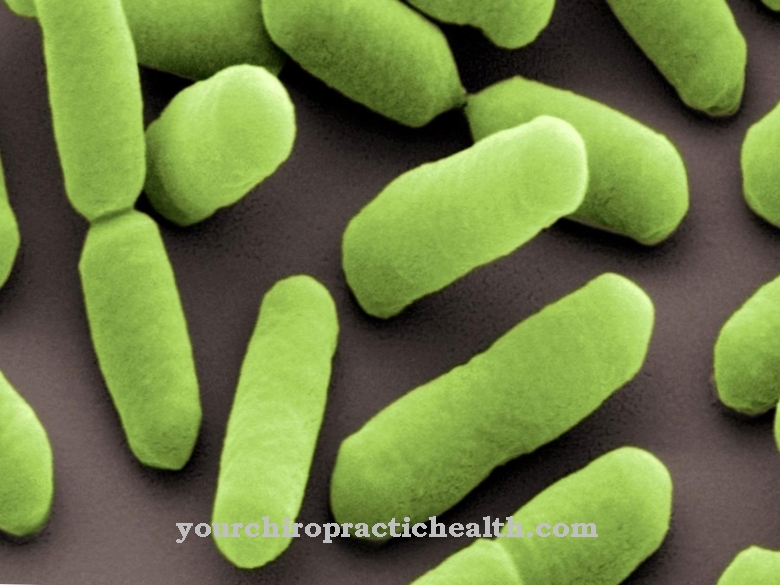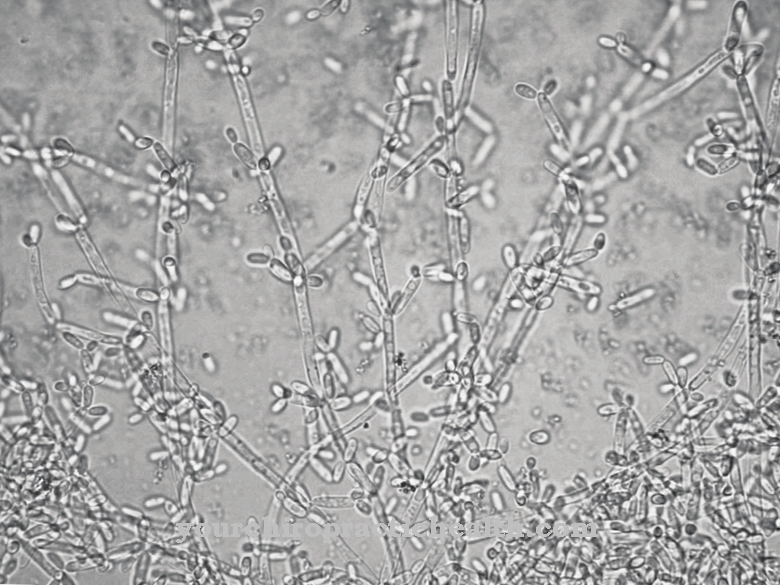Mosquitoes are common worldwide. Most people already have experience with the insects. Most of the time, they only leave swelling and itching, but they can also transmit pathogens. Therefore, greater caution is required, especially in tropical regions.
What are mosquitoes?
Mosquitoes are two-winged animals. In total there are around 3500 different types of mosquitoes. Around 104 species are distributed in Europe. Mosquitoes are reminiscent of parasites as they need blood to survive. It is usually not their goal to infect people with diseases. It is the mosquitoes themselves that are colonized by different microorganisms and in some cases become carriers.
The mosquitoes have specific tools available to pierce their host's skin and absorb blood. It is exclusively female animals that require human blood. Males use plants for nutrition. However, blood is essential for females because they need the proteins it contains. In this way, a successful production of eggs, and thus also offspring, is ensured.
Occurrence, Distribution & Properties
The blood serves less to supply the mosquito itself. Like its male counterparts, it takes in nectar and other sugary vegetable juices for further supply. Also, not all of the 3,500 mosquitoes are dependent on humans. Some different populations have specialized in hosting. That is why there are usually only a few species that can carry certain diseases, such as malaria or dengue fever.
Mosquitoes have been on earth for a very long time. The oldest fossil on which a mosquito can be seen is approximately 79 million years old. A related species, which in many features resembles our modern mosquito, existed as early as 90 to 100 million years ago. Mosquitoes colonize almost all regions of the planet. The only exceptions are polar regions and deserts, whose living conditions are not designed for the survival of mosquitoes. The insects can usually be found in particularly high numbers in the immediate vicinity of bodies of water. The size of the water does not matter. Swampy areas are particularly suitable for the development of mosquitoes. Accordingly, tundra and taiga, for example, are ideal breeding grounds for mosquitoes.
The size and external appearance of mosquitoes largely depend on the species. However, the insects do not grow larger than 1.5 centimeters. Their two wings sometimes have scales, legs and proboscis are about the same length. The mosquito's legs and torso are narrow. In total, such an insect weighs between 2 and 2.5 milligrams. The females are usually slightly larger than the males. The latter also often have denser, bushy antennae.
Mosquitoes cover distances at a speed of 1.5 to 2.5 kilometers per hour. The altitude at which you fly depends on various parameters. These include the type, the altitude of the location above sea level, weather, air pressure, lighting conditions and temperature. Warm, windless weather provides optimal flight conditions for mosquitoes.
The development of mosquitoes takes place in different phases. Larvae transform from the eggs, from which pupae emerge. After the insect hatches, the mosquito is known as the imago. Male mosquitoes usually hatch earlier and die in autumn.
Illnesses & ailments
Mosquitoes don't just leave itchy. Some of them can transmit serious diseases. The risk is particularly high in tropical regions. That is why it is advisable to wear long trousers and tops when on vacation at the equator. At best, they are bright colors on which the mosquitoes can be detected more quickly and prevented from biting. Otherwise, there may be serious consequences.
An infected mosquito, for example, can transmit malaria. Malaria is a disease caused by parasites. The mosquito has become infected with the plasmodia and transmits them as soon as it bites a person. Humans only represent the intermediate host in the cycle. Ultimately, the parasite prefers to spread in mosquitoes. Even so, the parasites lead to numerous symptoms in humans. After the sting, the microorganisms enter the human liver and multiply there. After a while, they spread in the blood and affect the red blood cells.
As soon as these burst open due to the strong increase, the parasites look for new blood cells. In particular, there are attacks of fever. Other symptoms depend primarily on the specific form of the malaria. If left untreated, the disease can lead to death. That is why it makes sense to be examined directly at the first signs. A blood sample usually provides information about the state of health.
Another disease that is caused by mosquitoes is dengue fever. Every year around 50 million people develop the symptoms. The pathogens are transmitted by the Aedes mosquito in tropical areas. There are no uniform symptoms. Instead, the disease manifests itself very differently, for example through a rash, itching, headache and body aches or the flu. Symptoms persist for about a week. As a rule, the disease does not leave any lasting damage.

























.jpg)


